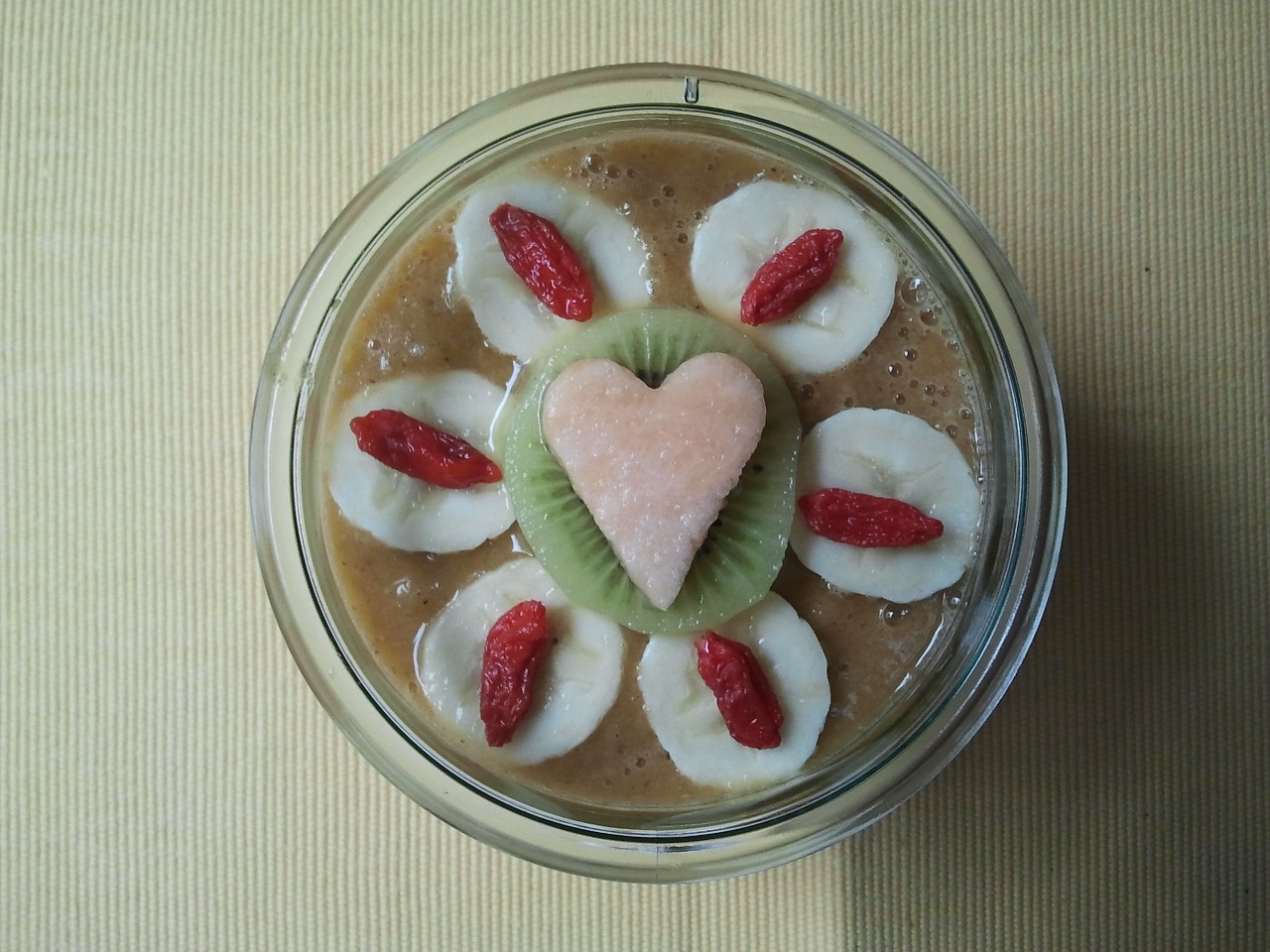Protein is essential for muscle growth and repair. The direct link between muscle growth and increased protein consumption is due to the fact that protein is ‘anabolic’ – i.e. it is stored in your muscles. It is estimated that in order to gain substantial muscle, you should consume at least 0.73g of protein per lb of body weight each day.
High quality vs low-quality protein
However, not all proteins are the same. Protein is made up of amino acids. There are 20 relevant amino acids to consider, with leucine being the most effective for muscle gain. Soybeans, beef, eggs, nuts, cheese and seeds are all especially high in leucine.
Another effective method to increase your protein intake is to start consuming smoothies that are high in protein. Use the 9 tips below to make protein packed smoothies that will help your muscles recover after workouts.
1. Vegan? Experiment with nut milk
The success of vegan US record holder and Olympic weightlifter Kendrick Farris has led more and more gym enthusiasts to explore a plant-based diet. Soy milk and hemp milk are both especially high in protein, whilst almond milk is a lower calorie option.
2. Add a few white or black chia seeds
Chia seeds are a superb protein source, as well as providing plenty of Vitamin C and omega 3 fatty acids. Stir two teaspoons of them into a fruit or milk based smoothie, but beware that they start to expand, absorb liquid and form a gel after a couple of minutes.
3. Whey protein powder: an old classic
Barrels of whey protein are always present on all fitness enthusiast’s kitchen counters, and they do not seem to be going away anytime soon. Professional whey protein comes in various flavors, is easily digestible and can be mixed with plain milk, fruit juice and more.
4. Swap juice for yogurt
Natural yogurt provides on average 10g of protein per 100g. It also lends smoothies a silky, satisfying texture that helps to fill you up, as well as providing some extra calcium. Strong bones are needed to support all that muscle and bear those dumbbells.
5. Add nut butter
If you’ve never tried an almond butter and cacao smoothie, you’ve never lived. Just two tablespoons of nut butter can add around 6g of protein to your smoothie. Allergic to nuts? Try protein rich tahini instead (tahini is also rich in iron and calcium).
6. Blend in silken tofu
A fantastic alternative to yogurt, silken tofu has a runny texture and is rich in iron, calcium, and protein. Whizz it into any smoothie for a smooth, creamy taste and texture. It can also be used as a healthy substitute for the cream cheese in cheesecake.
7. Smash in an avocado
Containing both healthy fat and about 5g of protein, as well as a plethora of vitamins and minerals a single avocado will add creaminess to a smoothie. It tastes great with yogurt, chocolate powder and a mix of cucumber, lime and apple juices.
8. Wheat germ
It is the germ part of the wheat grain that is highest in protein. As well as great for adding to smoothies (a couple of teaspoons suffices), it can also be sprinkled onto cereal for a nutrient boost.
A healthy recipe to get you started





